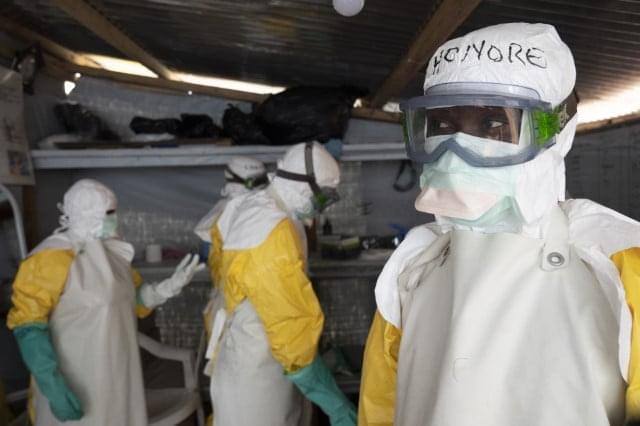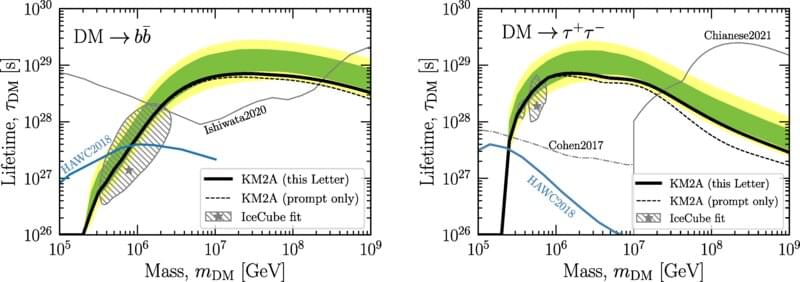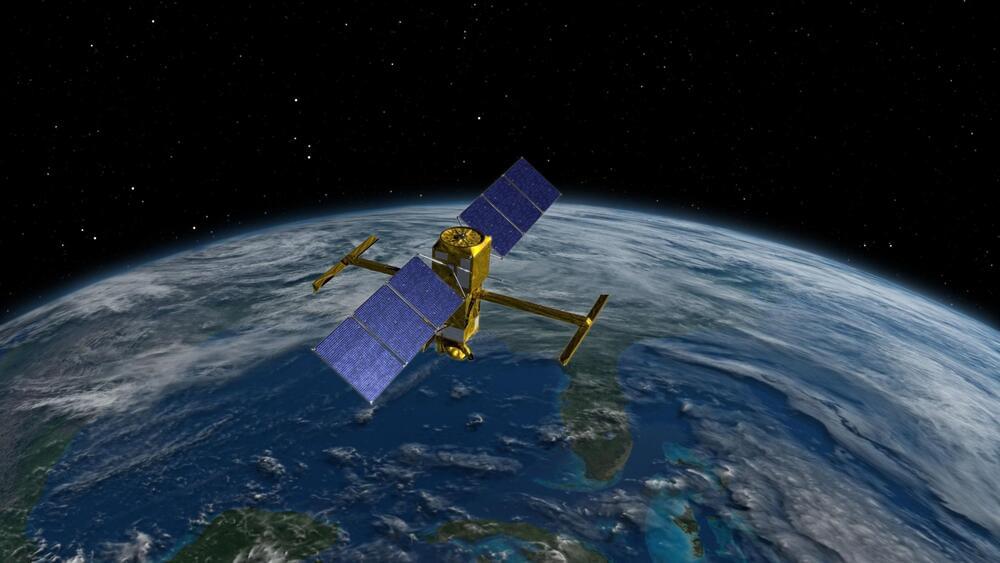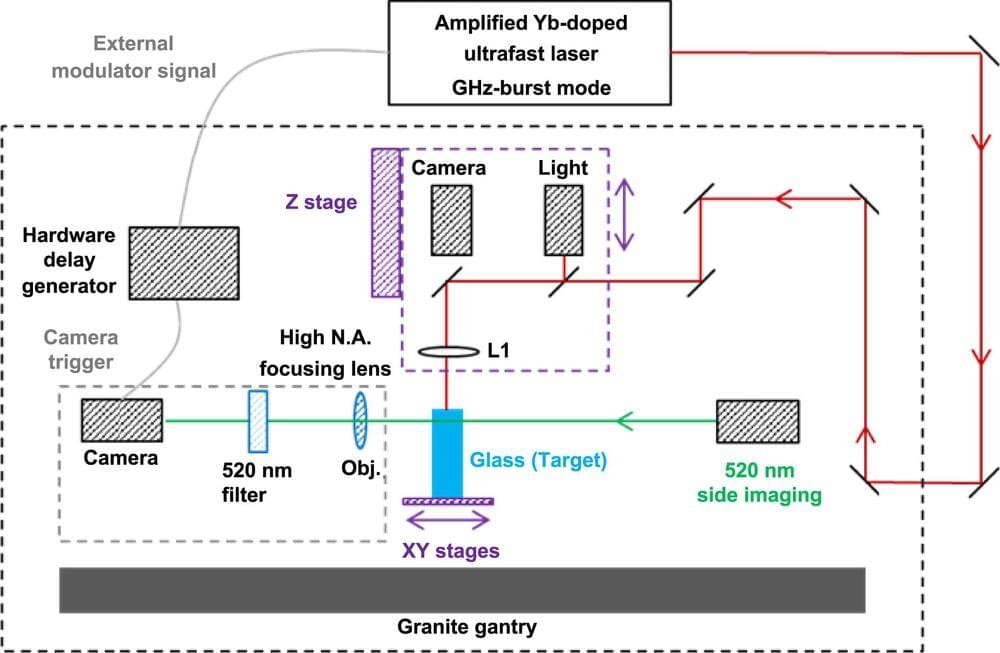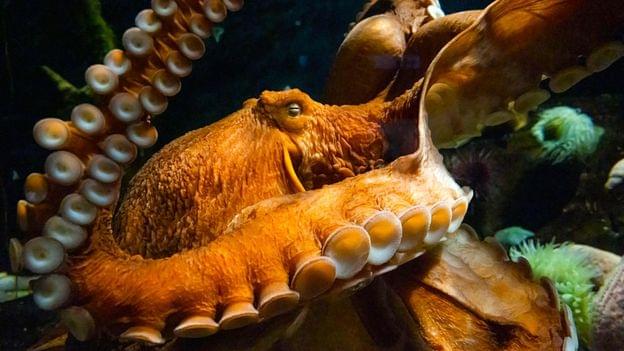Cotra’s work is particularly relevant in this context as she based her forecast on the kind of historical long-run trend of training computation that we just studied. But it is worth noting that other forecasters who rely on different considerations arrive at broadly similar conclusions. As I show in my article on AI timelines, many AI experts believe that there is a real chance that human-level artificial intelligence will be developed within the next decades, and some believe that it will exist much sooner.
Building a Public Resource to Enable the Necessary Public Conversation
Computers and artificial intelligence have changed our world immensely, but we are still at the early stages of this history. Because this technology feels so familiar, it is easy to forget that all of these technologies that we interact with are very recent innovations, and that most profound changes are yet to come.



